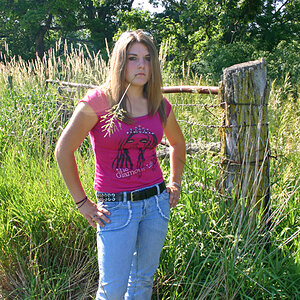misterjones
No longer a newbie, moving up!
- Joined
- Oct 13, 2010
- Messages
- 206
- Reaction score
- 500
- Location
- A2/Ypsilanti
- Can others edit my Photos
- Photos NOT OK to edit
I'm asking this with my Yongnuo 50mm prime lens in mind. I've read reviews that seem to state that the bokeh produced by this lens is not as "pleasing" or "satisfying" as that from better 50mm lenses. I took these pics in my apartment as a test: The first, focusing on the headphones on the console as well as a pic of one of my cats in the foreground and it all looks pretty good to me. So what would make it "better"?




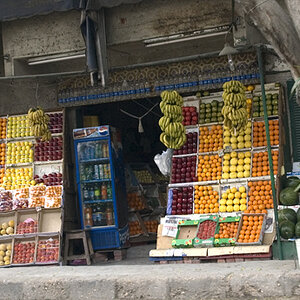
![[No title]](/data/xfmg/thumbnail/39/39294-339c772c727b255b9451f2639f2bc28e.jpg?1619738959)
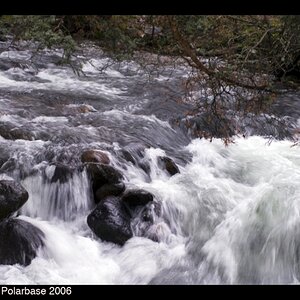

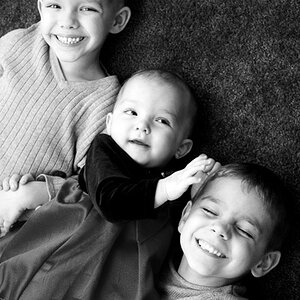
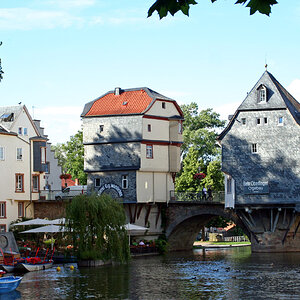
![[No title]](/data/xfmg/thumbnail/39/39293-55a527d2a9b287bf5e5b6d118abab22c.jpg?1619738958)

![[No title]](/data/xfmg/thumbnail/40/40288-4d5d7a8aa74ddfceb5fb82062d9b21be.jpg?1619739409)
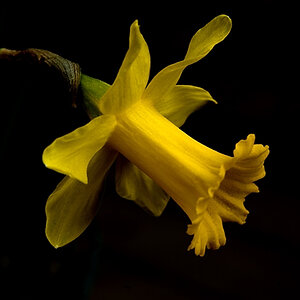
![[No title]](/data/xfmg/thumbnail/40/40286-86401b94de8b01bea8bb4ea154aaea0a.jpg?1619739408)
